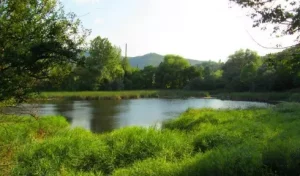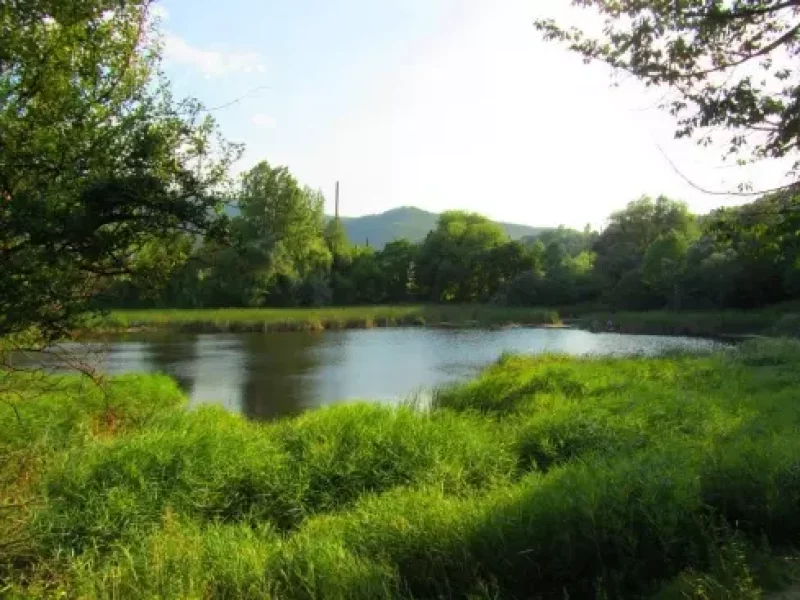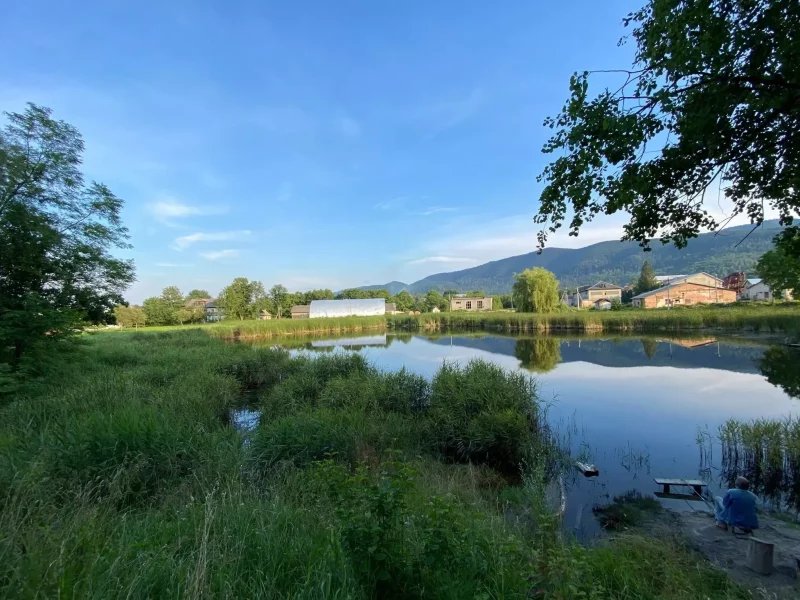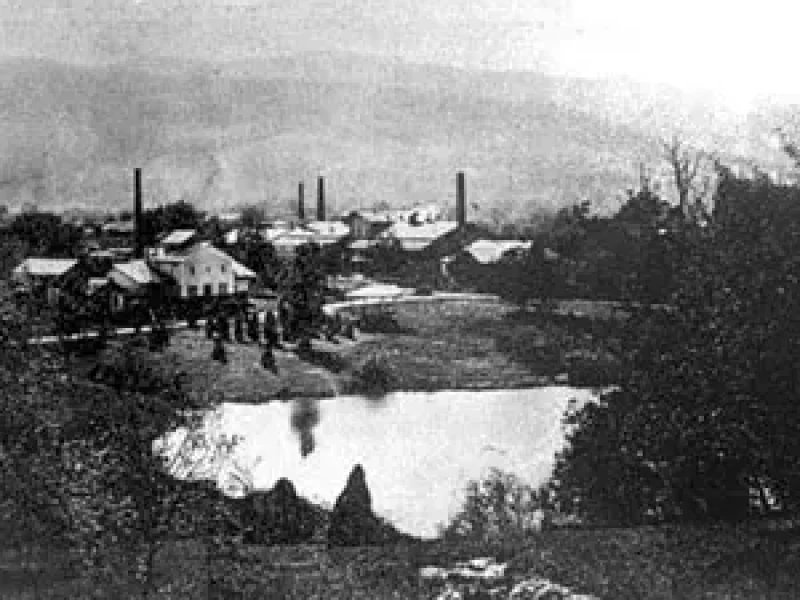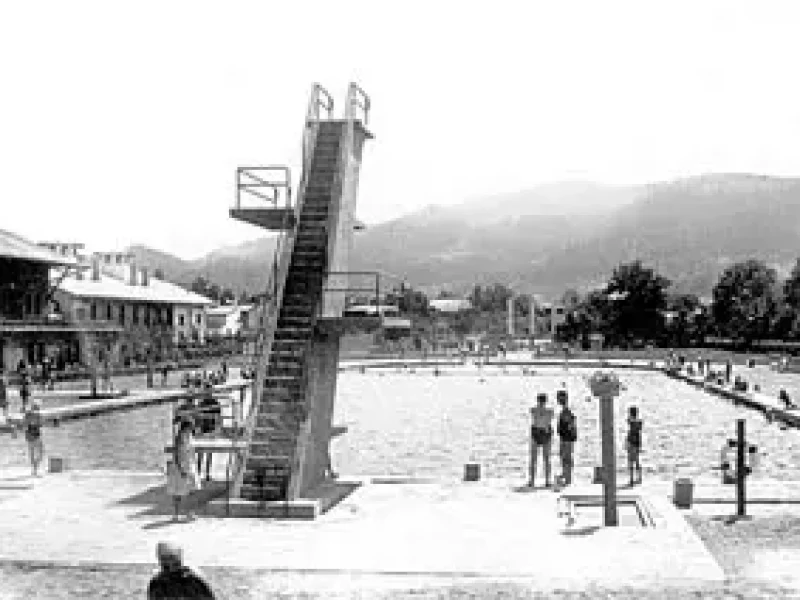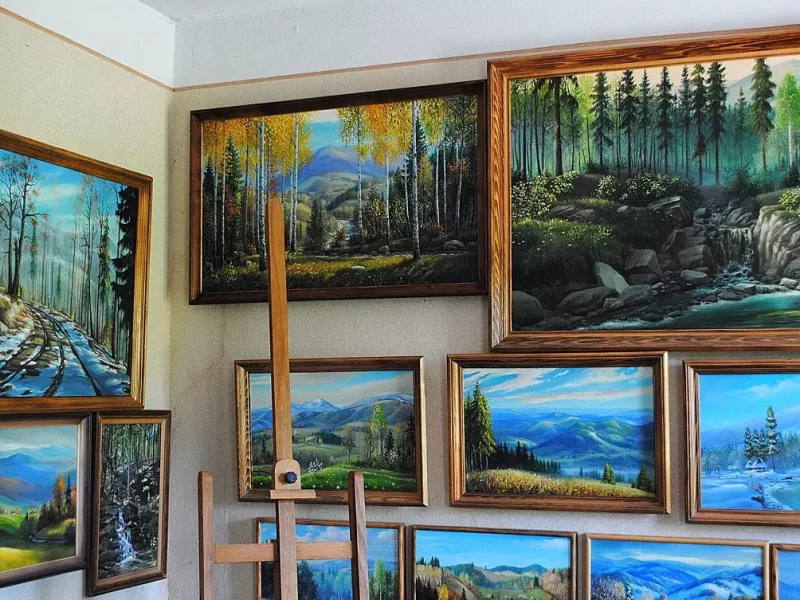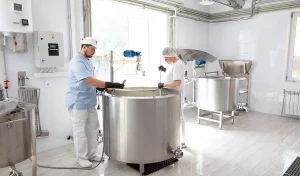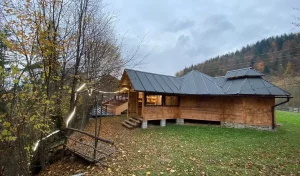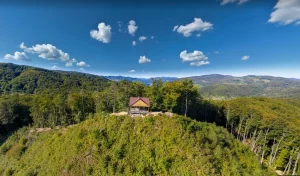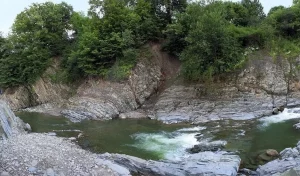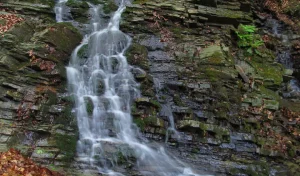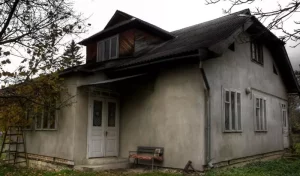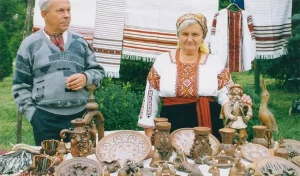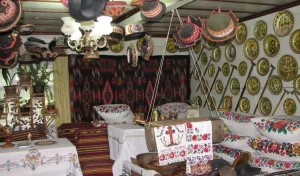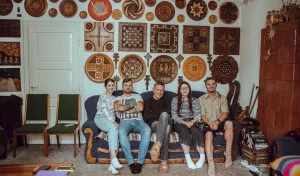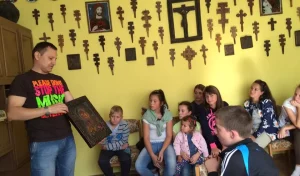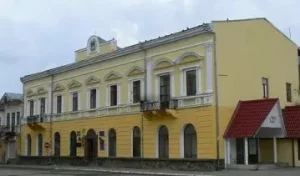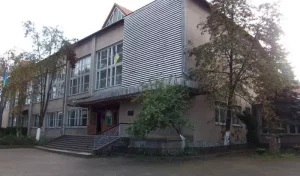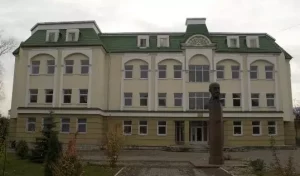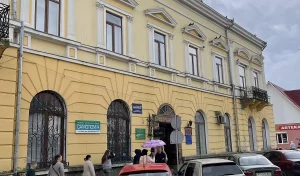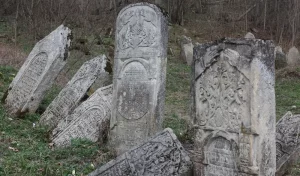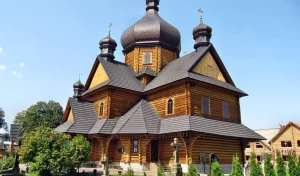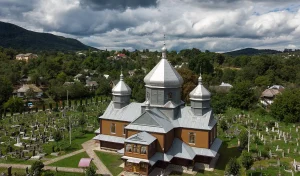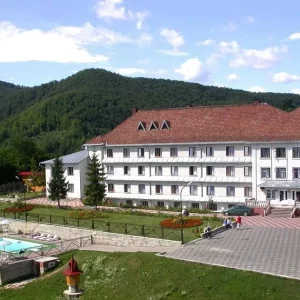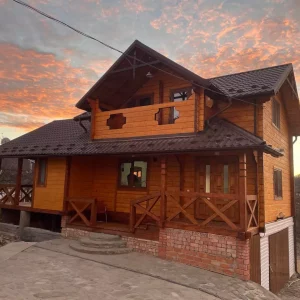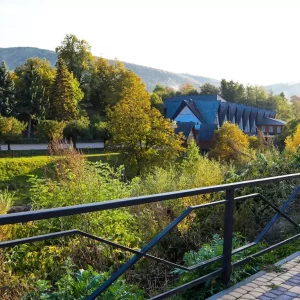Historical facts about Banske Lake
Salt has been extracted in Kosiv since ancient times. The first mention of local salt mines dates back to 1472. Salt production in Kosiv was finally stopped in the 1930s, when the city was part of Poland.
The Polish authorities decided to close the mine for two reasons. Firstly, the majority of the salt miners were ethnic Ukrainians, who were actively defending their socio-economic and national rights. Secondly, the local salt mine was a serious competitor to the salt mines in Bochnia and Wieliczka near Krakow.
At the same time, a health resort was opened on the site of the mine, which consisted of an inhalation room equipped with foreign equipment, a casino, a restaurant, a coffee shop, a library and a reading room, a cosy park, a swimming pool and two tennis courts.
Unfortunately, this wonderful medical facility was destroyed in 1941 by retreating Soviet troops. It has not been restored since then.
There are various hypotheses about the time of the Lake of Banske origin. Some argue that it was formed in the seventeenth century, while others date its appearance to the eighteenth and nineteenth centuries. In any case, the first surviving photograph of the lake dates back to 1880.
